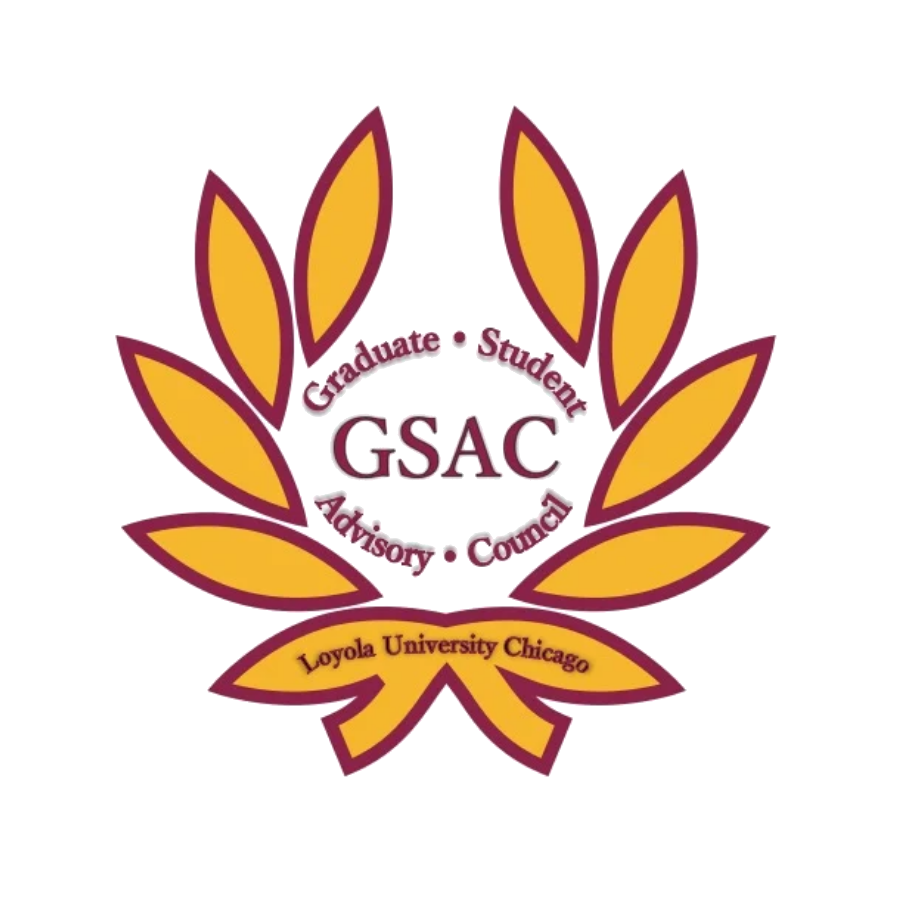Loading...
Submission Type
Oral/Paper Presentation
Degree Type
Masters
Discipline
Sciences
Department
Biology
Access Type
Open Access
Abstract or Description
Anthropogenic litter (i.e., trash; AL) is increasing in aquatic ecosystems worldwide. Rivers are both retention sites and conduits for AL. California was the first state to adopt regulations to categorize streams as 'impaired' for AL. Because AL contains a diversity of materials, with variable sources, degradation rates, and mobility, developing methods to measure AL assemblage is a major challenge. Our objective was to compare 3 AL measurement methods 1) qualitative rapid assessment, 2) quantitative visual assessment, and 3) manual collection. Methods 1 and 2 are in development for use in California. Using all 3 methods, we measured AL in 9, 30-m reaches of the North Branch Chicago River and in streams across Illinois that span a gradient of land use and biotic health as measured by the EPA. Results will illustrate how well management indices perform, and will directly improve measurement methods for AL as a newly regulated pollutant, and policies for stream ecosystem management.
Powerpoint Download
Creative Commons License

This work is licensed under a Creative Commons Attribution-Noncommercial-No Derivative Works 3.0 License.
Talking Trash: Translating California Trash Monitoring Methods to Illinois Streams
Anthropogenic litter (i.e., trash; AL) is increasing in aquatic ecosystems worldwide. Rivers are both retention sites and conduits for AL. California was the first state to adopt regulations to categorize streams as 'impaired' for AL. Because AL contains a diversity of materials, with variable sources, degradation rates, and mobility, developing methods to measure AL assemblage is a major challenge. Our objective was to compare 3 AL measurement methods 1) qualitative rapid assessment, 2) quantitative visual assessment, and 3) manual collection. Methods 1 and 2 are in development for use in California. Using all 3 methods, we measured AL in 9, 30-m reaches of the North Branch Chicago River and in streams across Illinois that span a gradient of land use and biotic health as measured by the EPA. Results will illustrate how well management indices perform, and will directly improve measurement methods for AL as a newly regulated pollutant, and policies for stream ecosystem management.



